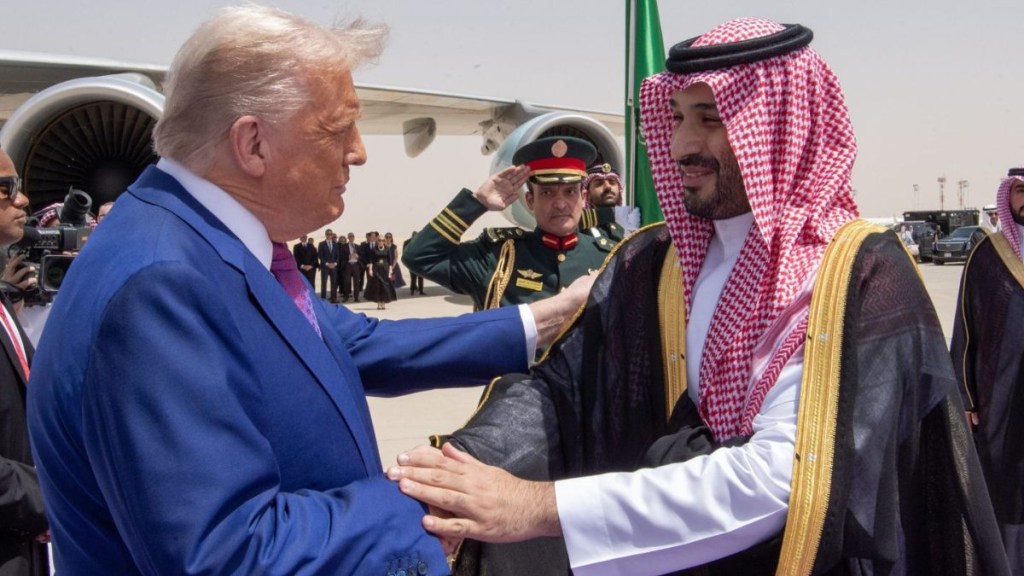Donald Trump and Saudi Crown Prince Mohammed bin Salman signed an economic partnership agreement Tuesday in Riyadh. The agreement, announced during Trump’s high-stake visit to Saudi. The deal encompasses sectors ranging from energy and mining to defense, infrastructure, and technology.
According to a White House factsheet, the agreement includes a commitment from Saudi Arabia to invest a staggering $600 billion in the United States. Officials say the investments are designed to boost American energy security, revitalise manufacturing, and enhance innovation across key industries. “This agreement marks a new golden era of U.S.-Saudi relations,” the statement said. “These transformative deals not only drive innovation and job creation in the United States but also reinforce our shared security and prosperity.”
What is the U.S. – Saudi Arabia deal all about?
Saudi data firm DataVolt plans to invest $20 billion in AI-driven data centers and energy infrastructure in the U.S. In addition, tech giants including Google, Oracle, Salesforce, AMD, and Uber will contribute to a joint $80 billion investment in transformative technologies across both nations.The two countries signed what the White House describes as the largest defense sales agreement in U.S. history, valued at nearly $142 billion. The package includes state-of-the-art warfighting systems, air and missile defense, border security upgrades, and extensive military training for Saudi forces. Meanwhile, Boeing will supply $4.8 billion worth of 737-8 aircraft to Saudi leasing firm AviLease, while GE Vernova will provide $14.2 billion in advanced gas turbines and energy systems.
Shamekh IV Solutions, LLC announced a $5.8 billion healthcare investment, including a new IV fluid manufacturing plant in Michigan. Several new investment funds were launched, including a $5 billion Energy Investment Fund, a $5 billion Aerospace and Defense Fund, and a $4 billion Global Sports Fund—all focused on expanding U.S. industry and job creation.
The agreement strengthens bilateral cooperation in science, culture, and education. NASA and the Saudi Space Agency signed a deal to include a Saudi CubeSat on the Artemis II lunar test mission. The Smithsonian Institution also finalised agreements for cultural exchanges and wildlife conservation efforts, including a new Arabian leopard exhibit at the National Zoo in Washington, D.C. A new air transport agreement will allow U.S. airlines to carry cargo between Saudi Arabia and third countries without requiring a U.S. stopover—enhancing logistical efficiency for both nations. Saudi carriers gain the same access to U.S. routes. In energy and minerals, both governments signed cooperative agreements to drive innovation, finance, and supply chain diversification in critical mineral resources.
Saudi Arabia remains the U.S.’s largest military sales partner, with active Foreign Military Sales cases valued at over $129 billion. Bilateral goods trade in 2024 reached $25.9 billion, with U.S. exports slightly ahead of imports. Saudi direct investment in the U.S. totaled $9.5 billion in 2023, focused largely in transportation, real estate, and automotive sectors. “President Trump is delivering on his promise to Make America Great Again,” the White House said, adding that this agreement “cements America’s global leadership and unlocks new pathways for growth, security, and prosperity.”

